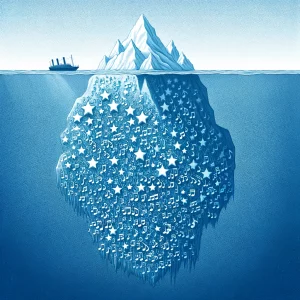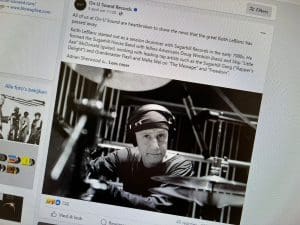Review of the Core Knowledge Music Curriculum K – 4th grade


Music is all around us whether you are riding in an elevator, listening to your favorite electro-music band, or it is background noise while visiting your favorite online casino website. Music can affect our moods. Some songs make us feel happy, while other songs make us feel sad.
Music affects our actions. Some styles of music make us want to get up and dance, while other styles of music help us to relax. There are even styles of music that can help us to concentrate better and stay focused on a task. There is a science to music. There is a history to music. There are even politics to music. Music is life.
Most people during their K-12 education have received some amount of Music education. In this article, I am going to review the Music curriculum in the Core Knowledge Sequence.
What is the Core Knowledge Sequence?
The Core Knowledge Sequence was created by E.D. Hirsch. Hirsch believed that there are certain words that all educated adults know, and the difference between the educated person and the uneducated person was knowledge of these words. The educated person has a foundation to build on. Knowledge builds upon knowledge.
This is true even on this website. In any random article, there are many assumed words which the author of the article assumes the reader already knows, so they are not defined. The educated person can read the article without distraction, but the educated person has to leave the article to look up the unknown word in order to get a full understanding of the article. Before the internet was common, this had a greater impact than it does today, but it still does have an impact.
The Common Core Sequence focuses on Language Arts, History and Geography, Music, Art, Mathematics, and Science. The Common Core Sequence should not be confused with the Common Core State Standards which focus only on Language Arts and Mathematics. They are two different standards with two different purposes.
What is the Core Knowledge Sequence for Music?
Music is one of the main areas covered in the Core Knowledge Sequence.
In Kindergarten through 4th grade, the curriculum focuses on “Elements of Music” – the technical aspects of music, musical notation, and vocabulary, “Listening and Understanding of Music” – understanding the elements of music by listening to music, and songs – singing traditional songs.
In 5th grade “Listening and Understanding” changes from general concepts to specifically looking at different American styles of music.
Then in 6th grade – 8th grade, students learn about music from different times in histories and the different cultures.
From 1988 to the Present
In 1988, when the Core Knowledge Sequence was first created, the internet did not exist and using computers and other electronics to create music was not as mainstream as it is today.
The first web browser was created in 1993. In 1995, Internet Explorer was included in Microsoft Windows. By mid-1999, a third of households in the US had access to the internet. By 2001, that number rose to 50%. By 2016, 81% of US households had a broadband internet subscription. Even in a lot of “3rd world countries” most people have access to internet-connected cell phones.
This has affected the way we interact with each in many areas of life, including music. With a click of a button, a person can just as easily download a song by an Arabic artist as easily as downloading a song from an African artist.
But it is not just the easy access to music from other cultures that has changed. It is also how that music is created. Before easy access to computers and the internet, the creation of music was restricted to traditional physical instruments: drums, trumpets, violins, etc. But not today.
What is Electronic Music?
Electronic music is music which is made with electronic equipment such as synthesizers or computers, electronic musical instruments, digital instruments, and circuitry-based music technology.
Music can be created using electroacoustic music or by electronics only. Sometimes music is created using acoustic instruments only, sometimes electronic instruments only, and other times with a mixture of both. Sometimes music is created using modified acoustic instruments, magnetic pickups, power amplifiers, and loudspeakers: telharmonium, Hammond organ, and the electric guitar. Pure electronic instruments do not have vibrating strings, hammers, or other sound-producing mechanisms.
Electronically produced music became prevalent in the popular domain by the 1990s, because of the advent of affordable music technology. Contemporary electronic music includes many varieties and ranges from experimental art music to popular forms such as electronic dance music. Today, pop electronic music is most recognizable in its 4/4 form and more connected with the mainstream culture as opposed to its preceding forms which were specialized to niche markets.
Since you’re here …
… we have a small favour to ask. More people are reading Side-Line Magazine than ever but advertising revenues across the media are falling fast. Unlike many news organisations, we haven’t put up a paywall – we want to keep our journalism as open as we can - and we refuse to add annoying advertising. So you can see why we need to ask for your help.
Side-Line’s independent journalism takes a lot of time, money and hard work to produce. But we do it because we want to push the artists we like and who are equally fighting to survive.
If everyone who reads our reporting, who likes it, helps fund it, our future would be much more secure. For as little as 5 US$, you can support Side-Line Magazine – and it only takes a minute. Thank you.
The donations are safely powered by Paypal.










